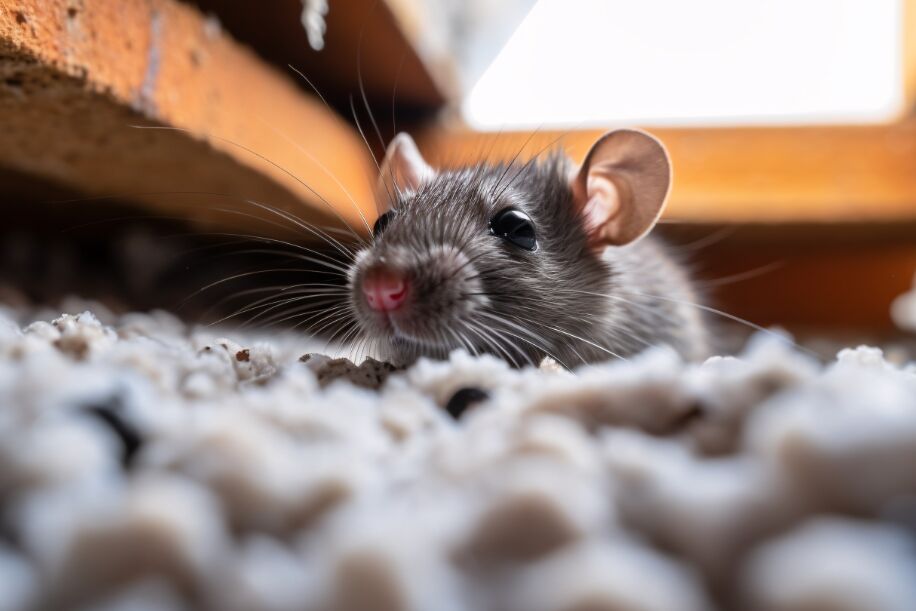Using Traps Around Pets Safely: Essential Tips
Share
When it comes to dealing with unwelcome rodents in our homes, many people resort to traps as a solution. However, when you have pets, ensuring their safety becomes a primary concern. Using traps around pets safely is not just about setting the traps effectively but also about ensuring that our furry companions remain unharmed and stress-free.

The Importance of Pet Safety
Pets are inquisitive by nature, and this curiosity can sometimes lead them into potentially harmful situations. Whether its a cat intrigued by a new object or a dog exploring every corner of the house, their safety is paramount. It's crucial to understand how using traps around pets safely can prevent accidental injuries.
Accidental encounters with traps can cause physical harm to pets. Therefore, it is essential to implement strategies that keep your pets safe while effectively managing rodent issues. Keeping this balance is crucial in homes where pets and traps coexist.
Choosing the Right Traps
Not all traps are created equal, and choosing the right one can make a significant difference in maintaining pet safety. Opt for pet-safe traps that are specifically designed to prevent accidental harm. For instance, enclosed traps or those that operate electronically are excellent choices as they reduce the risk of pets getting caught.
Additionally, consider using traps that are scentless and silent, minimizing the attraction for pets. This not only protects your pets but also enhances the effectiveness of the trap by focusing solely on rodents.
Placement of Traps
The strategic placement of traps is a critical factor in ensuring safety. Traps should be placed in areas that are inaccessible to pets but frequented by rodents. For example, setting traps in attics, basements, or behind appliances can be effective. Ensure that these areas are out of reach from your pets to prevent any accidental engagement.
According to TrapX's guide on rodent detection, understanding rodent behavior can help in identifying the best locations for trap placement, ensuring both efficacy and safety.
Using Safe Alternatives
Beyond traditional traps, there are several natural rodent control methods that can be safe for pets. Ultrasonic repellents, for instance, can deter rodents without posing any risk to pets. Additionally, natural deterrents like peppermint oil or essential oils can be effective in keeping rodents at bay. For more insights, check out natural mouse repellents that are safe for pets.
Another effective strategy is to maintain a clean and clutter-free environment. Rodents are attracted to food and nesting material, so keeping these to a minimum can reduce the likelihood of an infestation.
Monitoring and Maintenance
Regularly check traps to ensure they are functioning correctly and to reset or replace them as needed. Ensure that pets are kept away during these checks to maintain safety. Monitoring your pet's behavior around traps can also provide insights into any adjustments that may be necessary for their protection.
Consider using technology-driven solutions like AI-based rodent trap solutions that offer advanced monitoring features, ensuring that traps remain pet-safe while effectively controlling rodent populations.
Education and Awareness
Educating family members about the importance of using traps around pets safely is vital. Everyone in the household should understand the placement and operation of traps to ensure that pets are protected. This collective effort can significantly reduce the risk of accidental injuries.
For more educational resources, creating a rodent control plan for your home can be an invaluable guide in understanding how to manage rodent issues while prioritizing pet safety.

Frequently Asked Questions
1. What types of traps are safest for homes with pets?
Enclosed traps or electronic traps are generally the safest options for homes with pets. They minimize the risk of accidental harm while effectively trapping rodents.
2. How can I prevent my pet from accessing traps?
Place traps in areas that are inaccessible to pets, such as behind appliances or in attics. Additionally, monitor your pet's behavior and adjust trap placement as needed to ensure safety.
3. Are there pet-safe alternatives to traditional traps?
Yes, there are several pet-safe alternatives, including ultrasonic repellents and natural deterrents like peppermint oil. Maintaining cleanliness and reducing clutter can also be effective in preventing rodent infestations.
For more detailed guidance on managing rodent issues safely in homes with pets, visit Rentokil's guide on rodent control.
